We may earn money or products from the companies mentioned in this post. This means if you click on the link and purchase the item, I will receive a small commission at no extra cost to you ... you're just helping re-supply our family's travel fund.
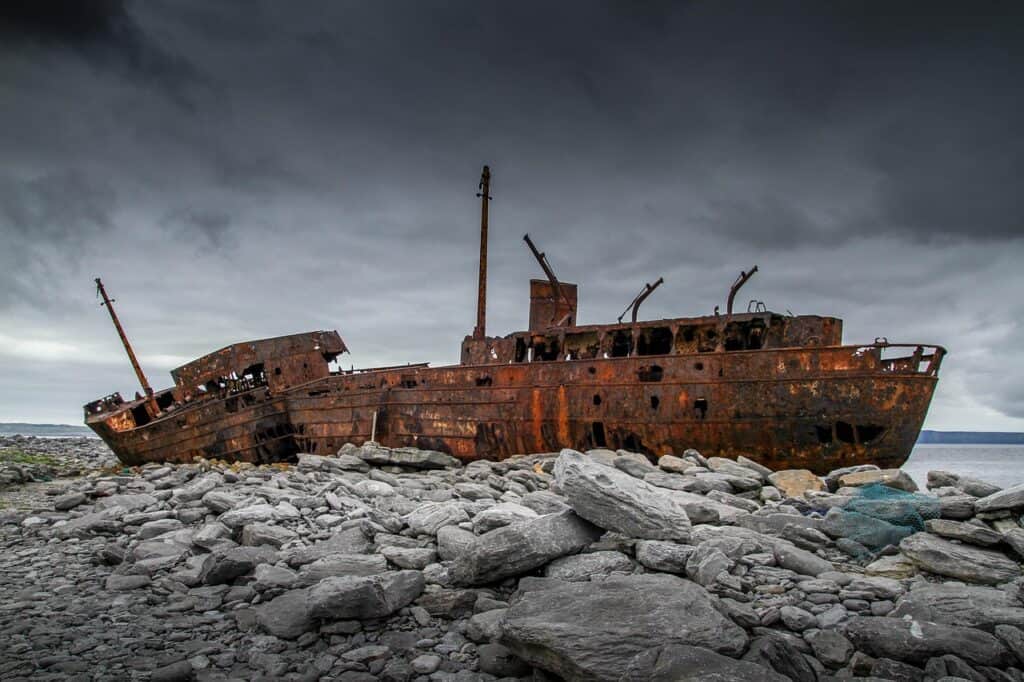
Shipwrecks are more than tragic endings at sea. They’ve influenced trade routes, rewritten safety codes, and shaped how nations connected across oceans. Some carried fortunes that altered economies overnight, while others carried passengers whose loss forced governments to rethink maritime travel. Each wreck tells a story of ambition, risk, and the limits of technology. Looking back at these historic disasters helps you see how fragile global trade once was and why modern travel standards matter so much.
1. The Mary Rose (1545)
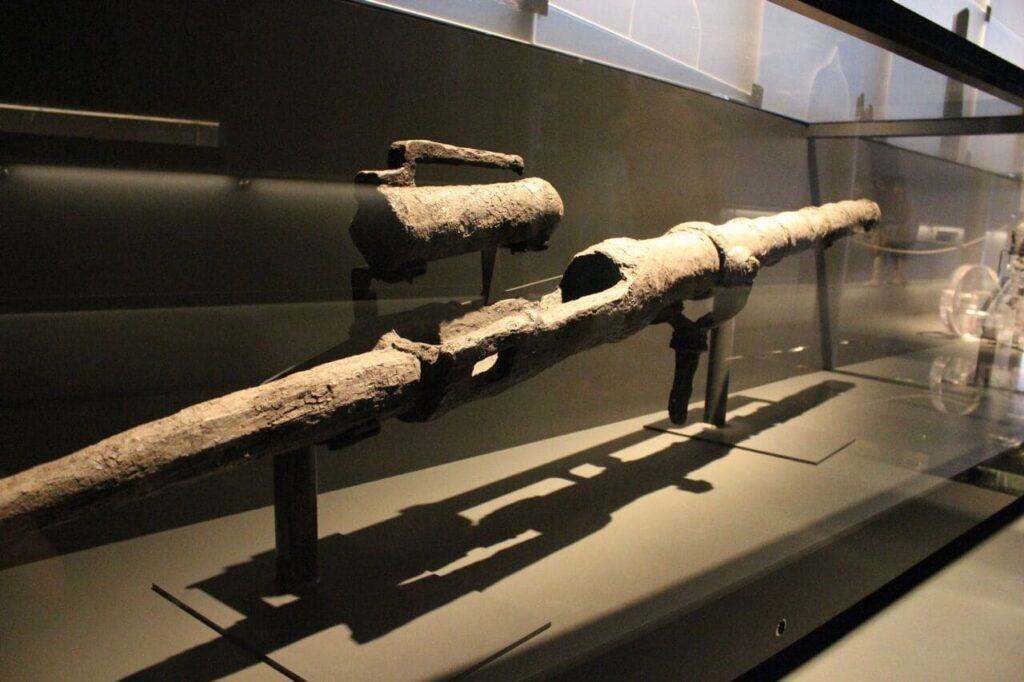
Henry VIII’s flagship, the Mary Rose, sank suddenly during battle in the Solent, cutting short England’s naval dominance that day. The wreck revealed how vulnerable even state-of-the-art warships were when overloaded with soldiers and weapons. Its loss forced the English to rethink naval design, leading to lighter, more maneuverable ships that eventually gave them an edge in global trade and exploration. When the Mary Rose was raised in 1982, it offered archaeologists unmatched insights into Tudor life, weapons, and the beginnings of a navy that would one day rule the seas.
2. The Spanish Armada Ships (1588)
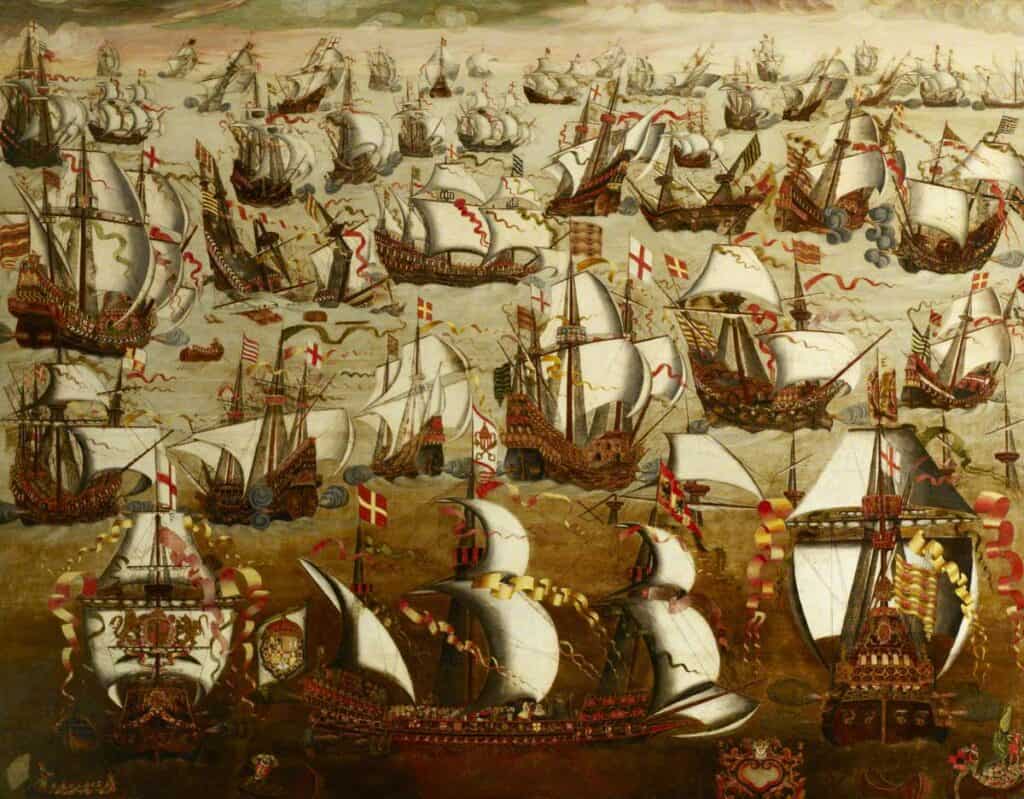
When storms wrecked dozens of Spanish Armada vessels along the coasts of Ireland and Scotland, it marked more than a military failure. The destruction shifted European naval power, giving England confidence to expand trade routes and colonization. With Spain weakened, the monopoly on transatlantic trade began to crack, opening opportunities for other nations. The scattered wrecks also highlight how nature, not just cannons, could alter global politics. For you, this moment matters because it set the stage for centuries of English-speaking trade dominance worldwide.
3. Batavia (1629)
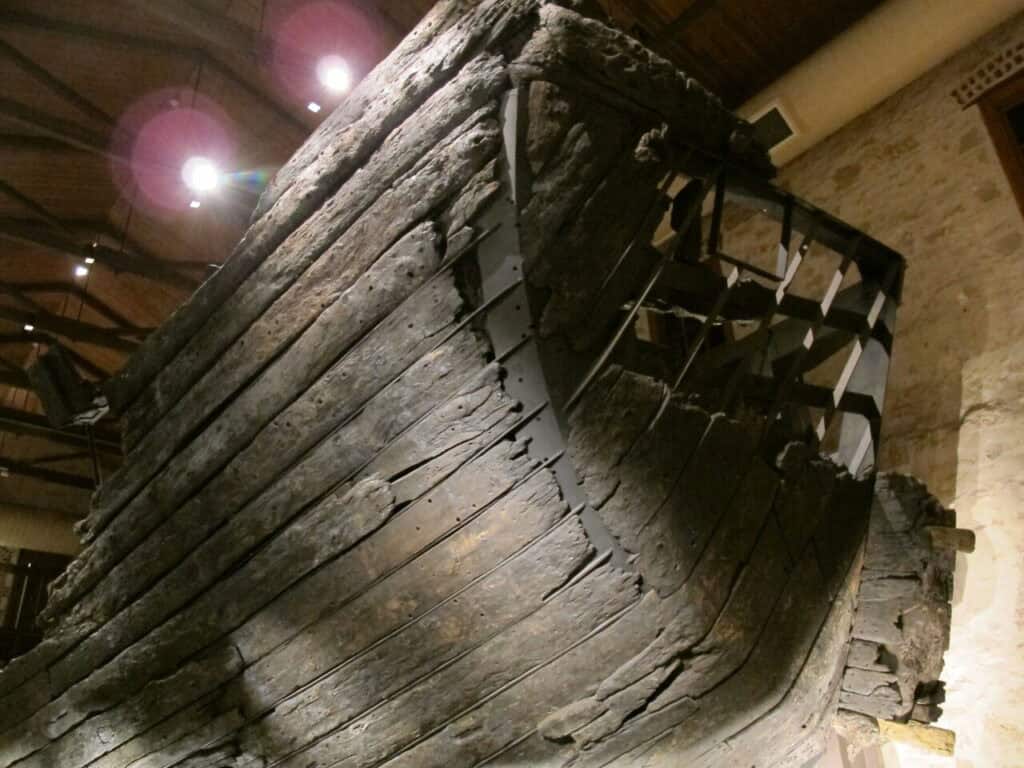
The Dutch East India Company’s Batavia struck a reef off Western Australia, and its story remains one of the most infamous wrecks. While carrying valuable cargo, the disaster turned into a brutal tale of mutiny and massacre among survivors. Economically, it showed the risk of long trade voyages that carried both wealth and lives. The wreck forced the VOC to rethink crew discipline, security, and survival planning. Today, Batavia’s remains are a reminder of how commerce and human behavior collided on treacherous waters.
4. Nuestra Señora de Atocha (1622)
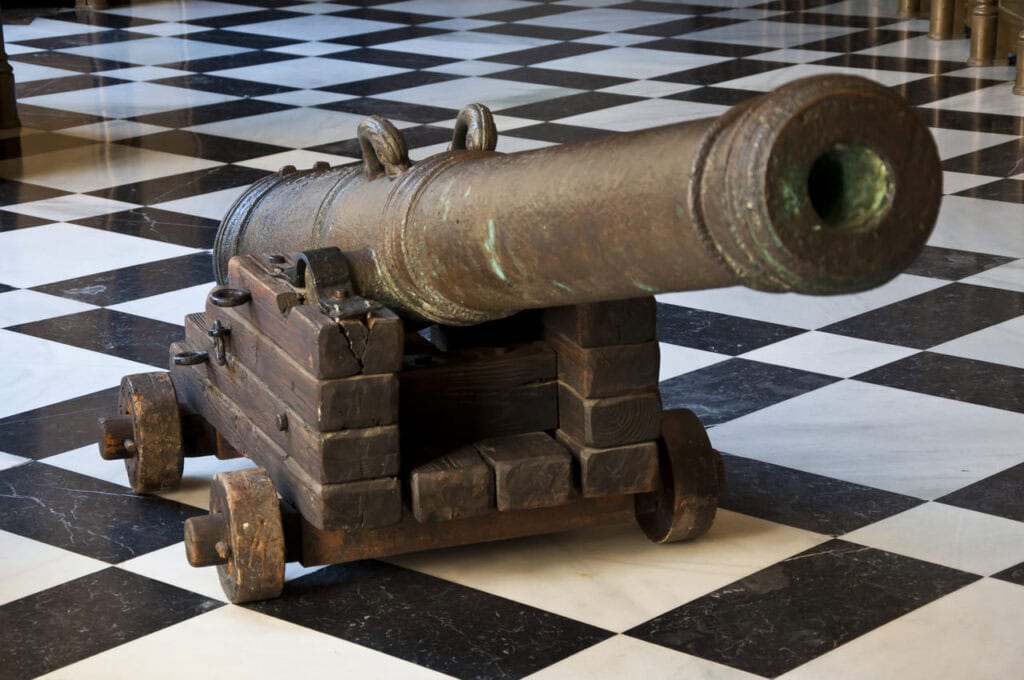
Loaded with gold, silver, and emeralds, the Spanish galleon Atocha sank in a hurricane off Florida. For Spain, losing such a fortune during its empire’s height was devastating, disrupting shipments and causing financial strain at home. The loss revealed how overreliance on treasure fleets made the empire vulnerable. Salvagers later uncovered riches worth hundreds of millions, but the historic impact was clear: no empire could secure global trade without diversifying routes and fleets. For travelers, this wreck echoes how fragile monopolies on trade can be.
5. VOC Ship Batavia Reef Disaster (1639)
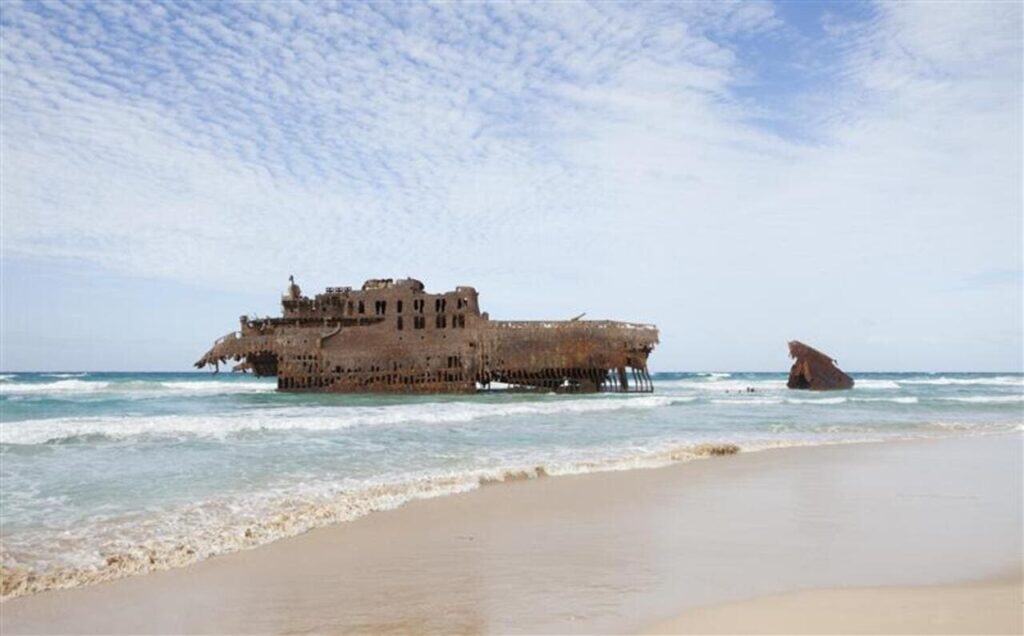
The Dutch East India Company’s ship Batavia Reef ran aground off the western coast of Australia, carrying valuable cargo including spices, textiles, and silver. The wreck revealed the perilous nature of long-distance trade in the 17th century, where navigational errors could wipe out fortunes and lives in an instant. Beyond the economic loss, the aftermath exposed human frailty, with mutiny and violence erupting among the survivors. For you, the Batavia Reef disaster shows how early maritime ventures required not just skill, but strict planning and discipline to maintain trade networks and safeguard lives.
6. HMS Birkenhead (1852)
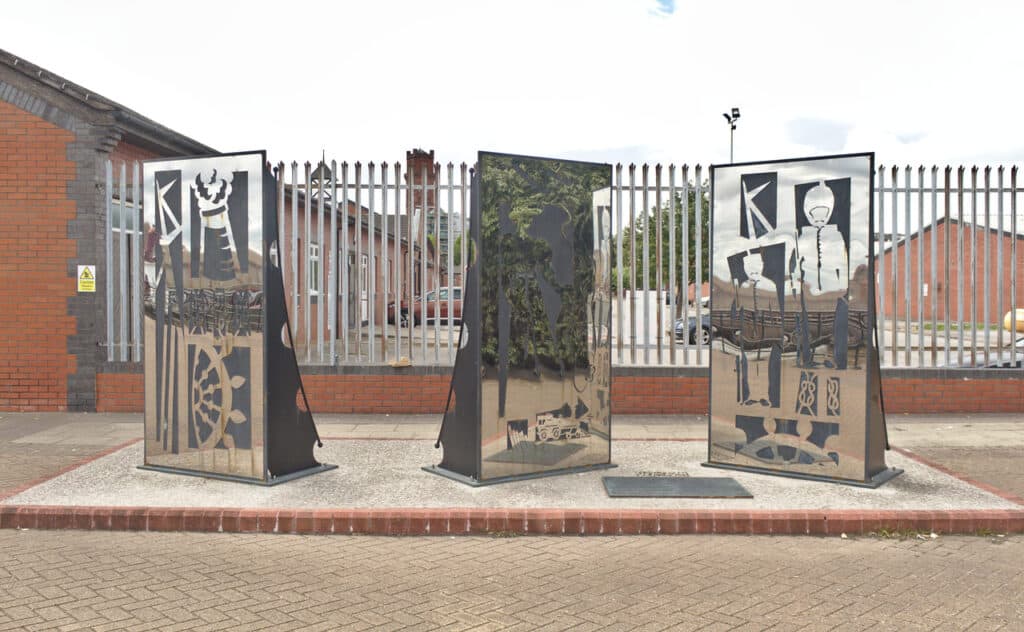
The Birkenhead struck rocks near South Africa, and its sinking became famous for the “women and children first” evacuation protocol. While the tragedy cost over 400 lives, the disciplined evacuation shaped international maritime law and safety culture. This shipwreck influenced how passenger vessels, including emigrant ships and later ocean liners, prepared for emergencies. For you, the legacy of the Birkenhead shows why order, drills, and protocols became part of travel—and why today’s cruise liners still follow those principles at sea.
7. RMS Titanic (1912)
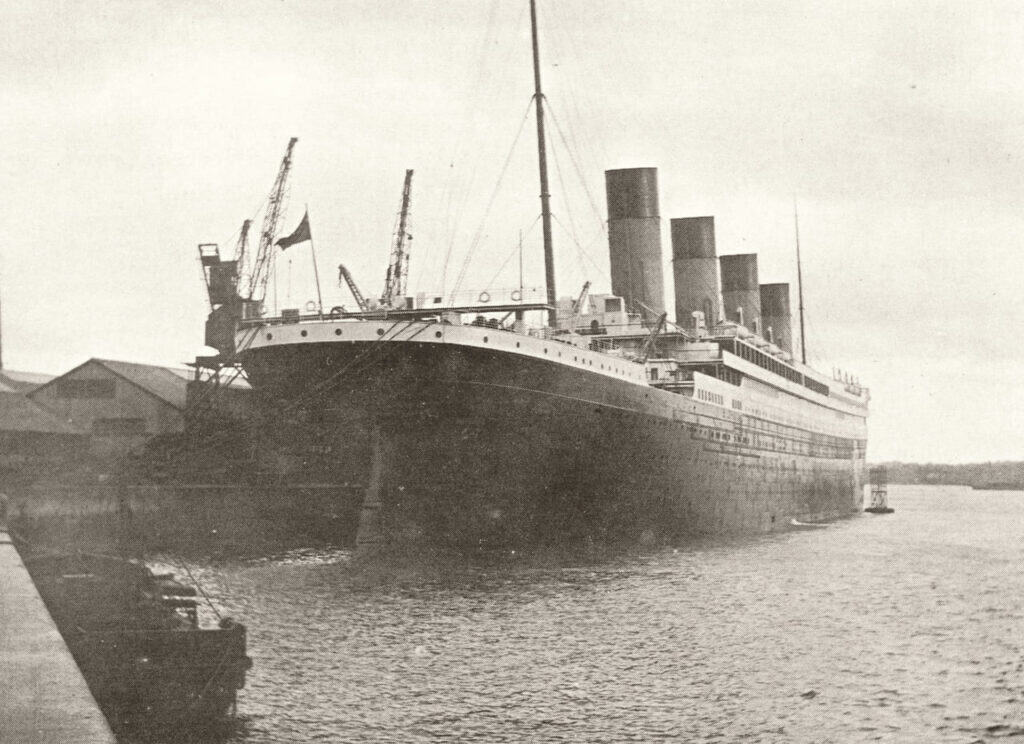
The Titanic needs no introduction, but its impact goes beyond the iceberg. Its loss spurred massive reforms in passenger safety, from mandatory lifeboats to 24-hour radio watches. Governments came together to form the International Ice Patrol, setting the foundation for global cooperation in sea travel. Trade also felt the shock, as confidence in transatlantic shipping briefly faltered. For you, the Titanic represents how arrogance and oversight can end in disaster but also how tragedy can drive progress that protects millions of travelers today.
8. SS Central America (1857)
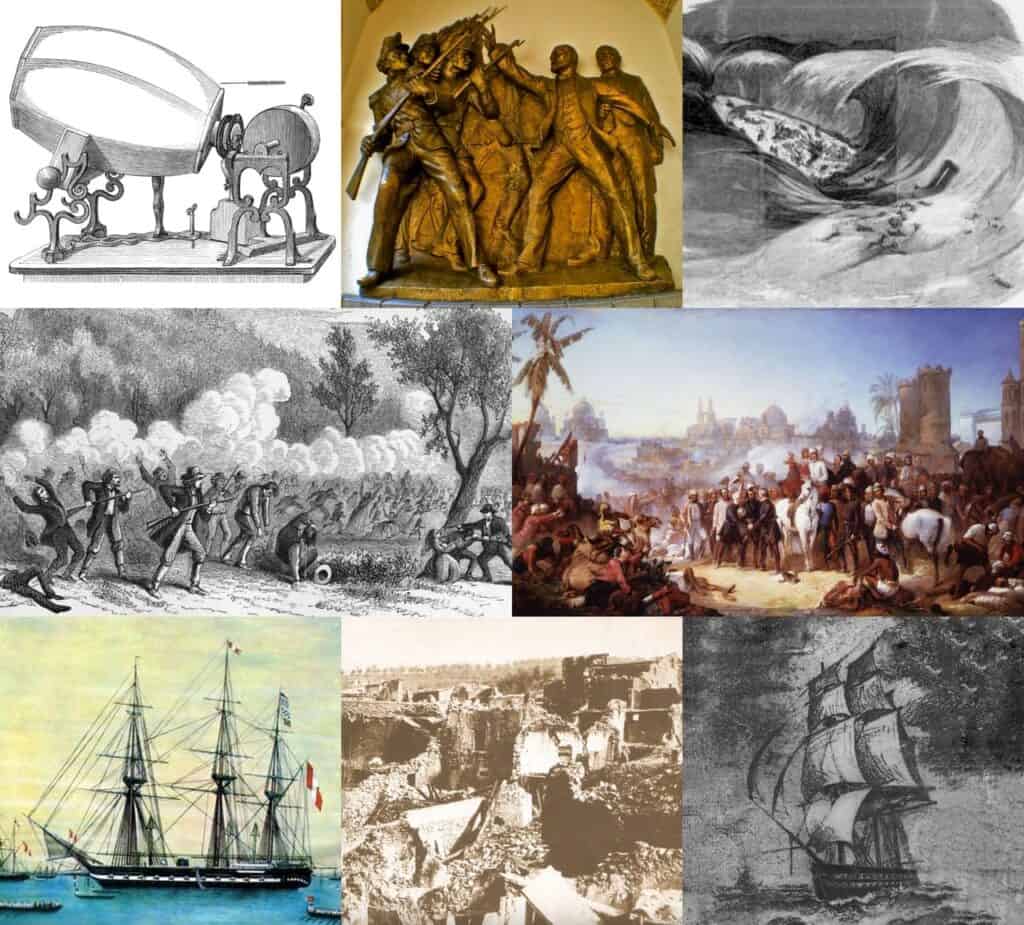
Nicknamed the “Ship of Gold,” the Central America sank off the U.S. coast with tons of California gold. Its loss triggered financial panic, worsening the 1857 economic downturn. The disaster showed how dependent economies had become on maritime shipments of wealth. For modern trade, it highlighted the danger of concentrating value in single vessels. Salvagers later recovered treasure, but the historic importance lies in how one shipwreck exposed the fragility of interconnected banking and trade systems.
9. MV Doña Paz (1987)
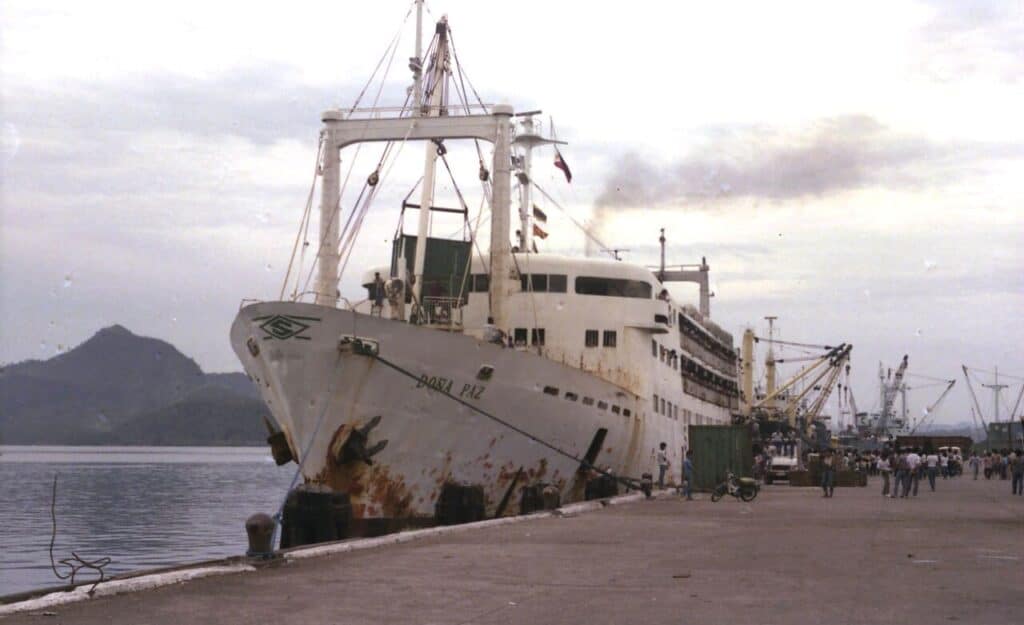
The Doña Paz collided with an oil tanker in the Philippines, killing more than 4,000 people, making it the deadliest peacetime maritime disaster. The tragedy underscored how lax safety standards and overcrowding could turn a ferry into a death trap. Unlike ancient galleons, this was a modern passenger vessel, and its sinking pushed governments in Asia to enforce stricter ferry regulations. For you, the Doña Paz is a reminder that even in modern times, neglect of safety rules can devastate trade, travel, and lives.